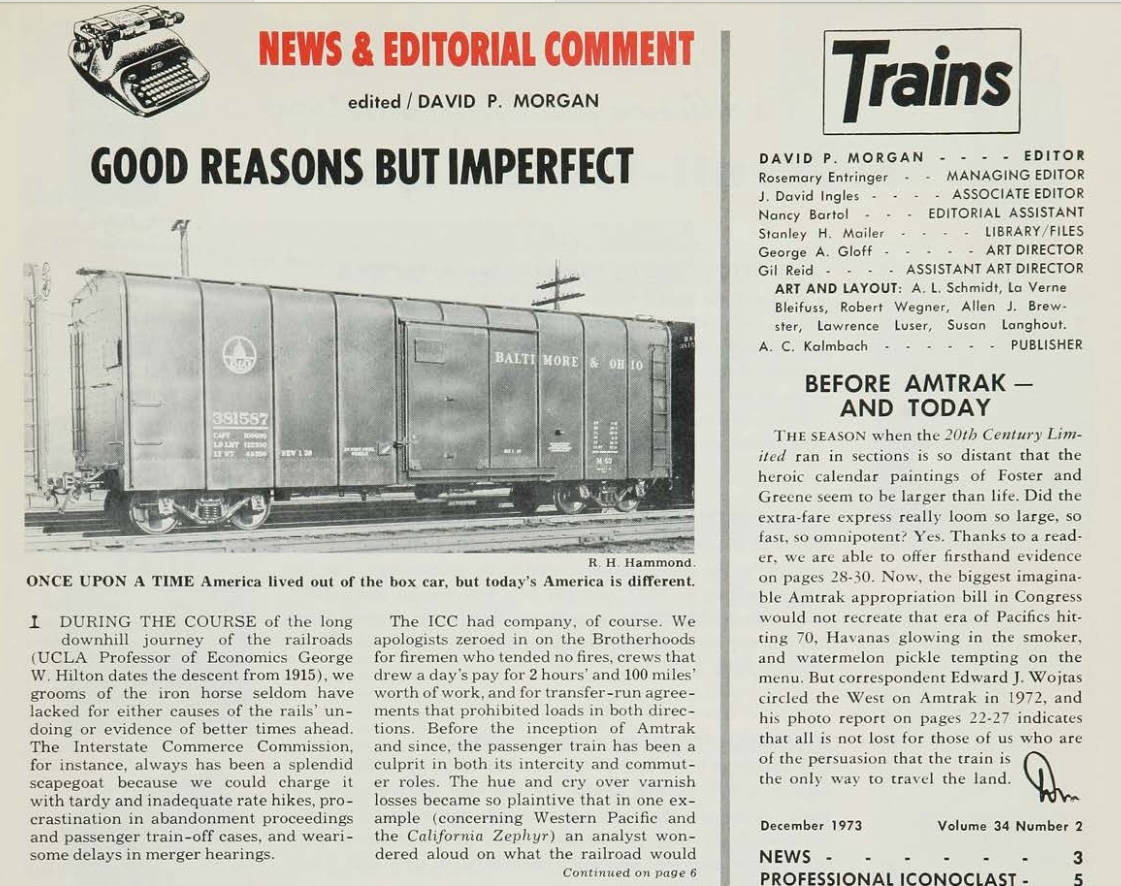
While searching the Trains archives the other day, I stumbled upon a December 1973 commentary by Editor David P. Morgan, who was pondering the future of railroading. I was struck by how many of the same concerns that he raised during one of the darkest periods in rail history still ring true today as the Class I railroads struggle to grow.
“During the course of the long downhill journey of the railroads … we grooms of the iron horse seldom have lacked for either causes of the rail’s undoing or evidence of better times ahead,” Morgan wrote.
Morgan’s undoing category included onerous Interstate Commerce Commission regulations that tilted the playing field in favor of trucks and barges and airlines while saddling railroads with unprofitable routes and services. He placed blame on rail union featherbedding. And DPM lamented that a new Amtrak system didn’t pay host railroads enough to cover the costs of operating its passenger trains.
“Yet,” Morgan wrote, “we tell ourselves and anyone else who will listen that our day is coming.” There were plenty of arguments in favor of better times ahead. Technology and mergers would be saviors. Projections of economic growth would translate into an unthinkable leap in ton-miles. Thanks to the dawn of the environmental movement and the energy shortage, railroads would become the ideal way to move freight and people over land with lower fuel use and less air pollution.
“Now, all we’ve told ourselves and anyone else who will listen is plausible, defensible, demonstrable, even if our track record to date says that our arguments have not been convincing,” Morgan wrote. “The trouble is, our reasons – including the ecology/energy-shortage plea – have been good but imperfect. The record indicates that there is less and less demand for much of today’s railroading. Sometimes the rails’ prices … are too high. Mostly, though, the rails’ service in terms of reliability, speed, and freedom from damage is inferior to that of the truck.”
The America that depended on boxcars, Morgan concluded, had been replaced by one reliant on freeways and overnight delivery of truck-sized shipments and “otherwise behaves in a manner increasingly incompatible with freight trains that average 20 mph and freight cars that spend more than 21 of each 24 hours being loaded, unloaded, humped, or switched, or standing still.”
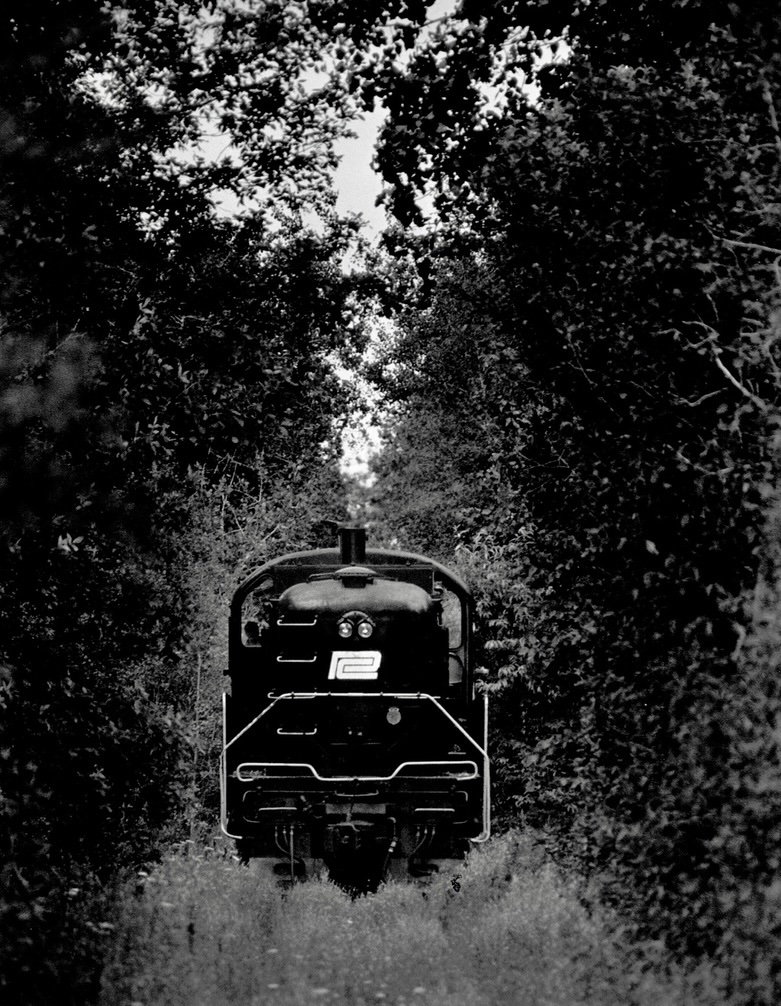
What has changed in the 51 years since Morgan wrote those words? Well, everything. And nothing.
In the Everything Department: The Staggers Act of 1980 brought partial deregulation. Conrail rescued the bankrupt Northeastern railroads. Merger after merger resulted in just six major systems. Unprofitable and redundant routes were ripped up or spun off, while duplicate yards and shops were scrapped. Commuter operations and their red ink were shifted to state and local agencies. Freight trains run with a crew of two. And technology? DPM would hardly recognize it.
All this has made railroads immensely profitable. There are no more Penn Centrals, standing derailments, or mainline trackage that barely meets branchline standards. Today’s physical plant is immaculate. 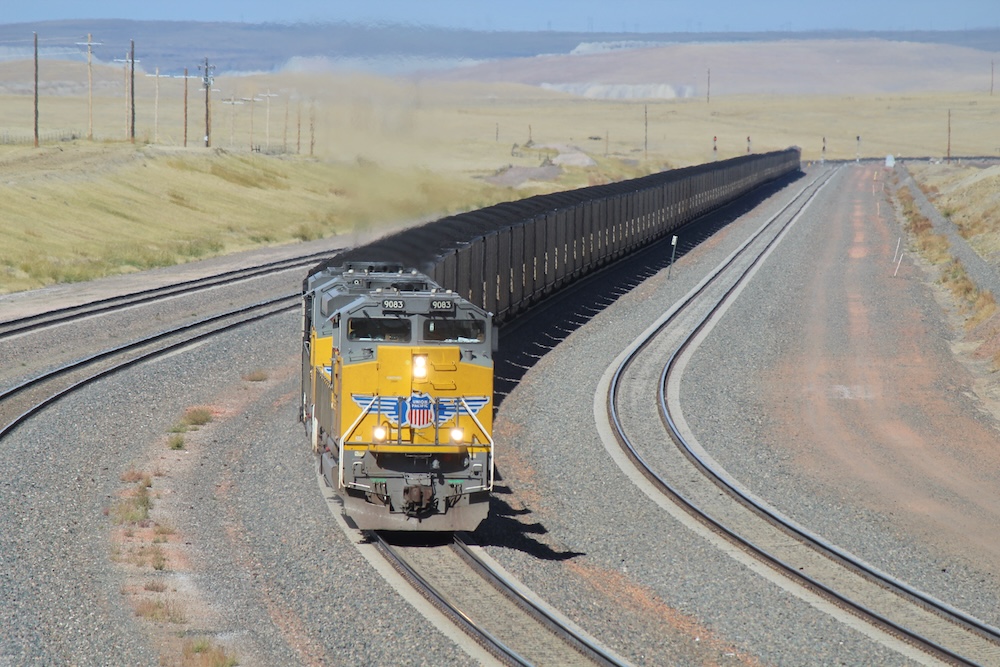
But in the Results Department – that is, taking freight off the highways and fulfilling the optimism of 1973 – the record has been underwhelming.
Where railroads have been handed business that’s high volume and long haul, they’ve done well. Think Western Canada bulk and energy-related business, Powder River Basin coal, Gulf Coast chemicals, and international intermodal. Railroads also built a domestic intermodal network that, while skeletal, is a successor to the boxcar.
And yet trends in overall rail traffic fit squarely in the Nothing Has Changed category despite the slaying of the ICC bogeyman. Carload volume badly lags economic growth, industrial production, and the rise in truck tonnage. Intermodal has been losing share to trucks since 2015. And thermal coal is a dead man walking.

Sadly, Morgan’s operational stats are not out of date, and rail service is still no match for trucks.

This much is certain: The more things change, the more they remain the same.
You can reach Bill Stephens at bybillstephens@gmail.com and follow him on LinkedIn and X @bybillstephens








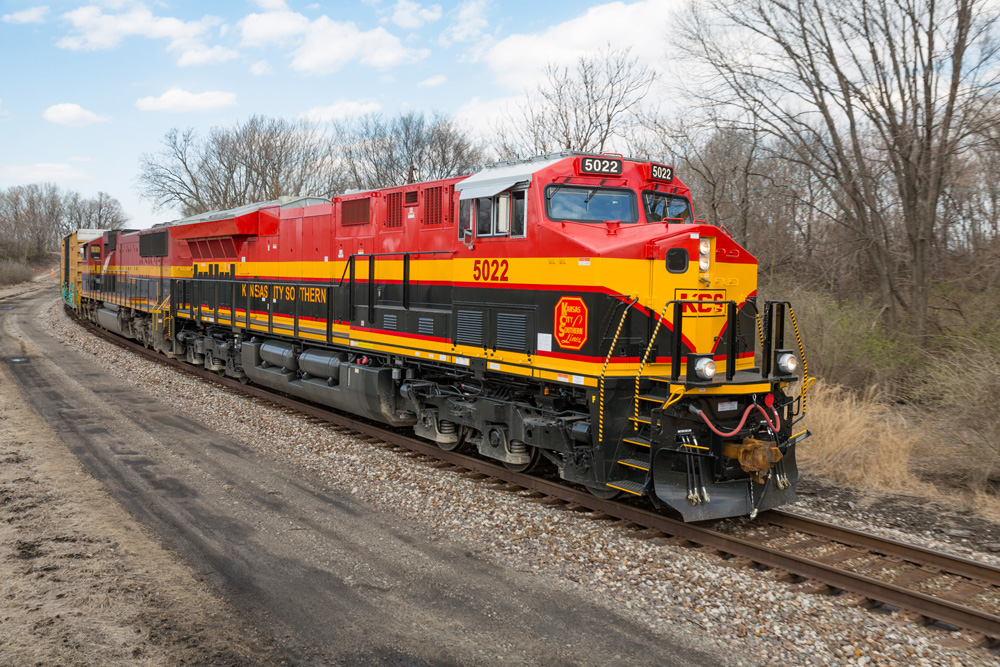
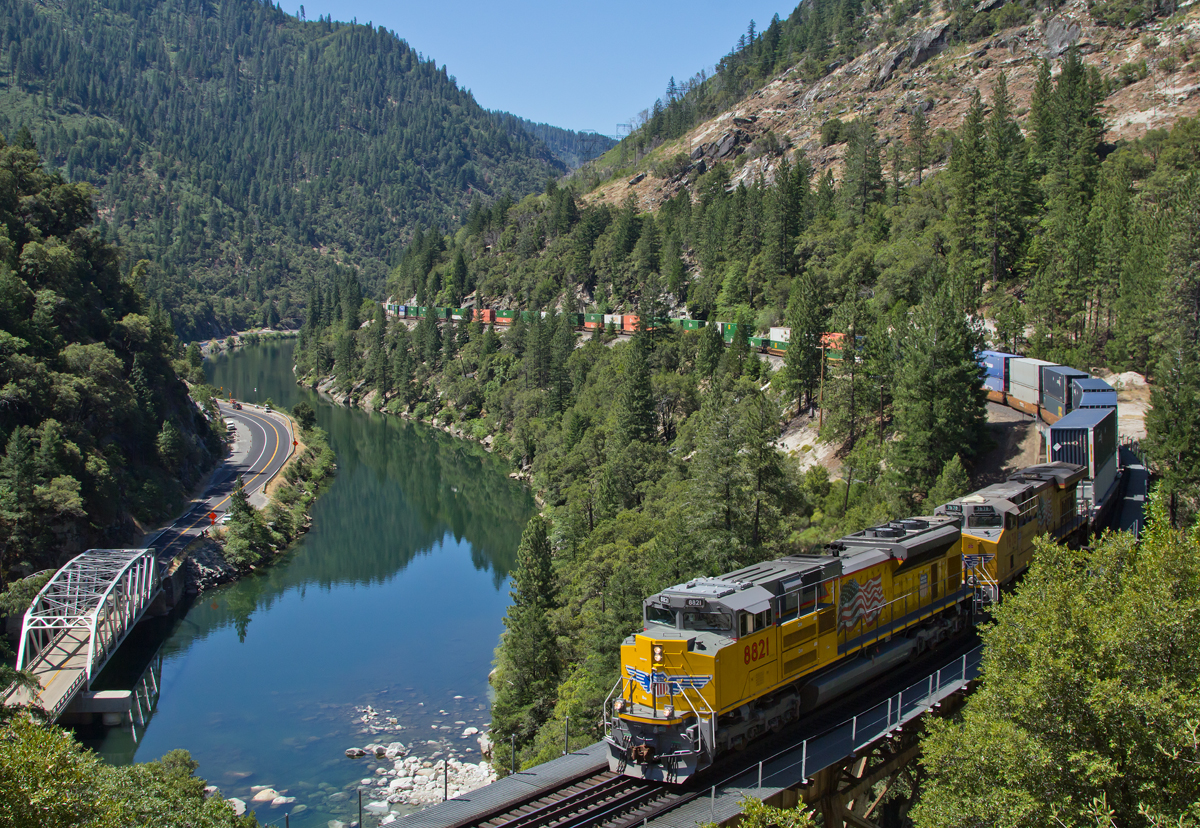




Great photo of the “Hojack Line” in the pre-Conrail mid-70’s. I grew up 1-mile from the Hojack Line and it looked abandoned west of the Russell Station coal-fired power plant in Greece just outside of Rochester back then. Conrail finally did abandon most of it to Niagara Falls, they also had the more direct Falls Road Branch between Rochester and Niagara Falls south of the Hojack Line.
The current situation remindsme of 130 years ago when Drew, Fisk and Jay Gould forced railroads into bankruptcy and brought the Panic of ’93.
It took the Interstate Commerce Act, Pierpont Morgan and T.R.’s Trust Busters. The 1914-1918 War put a final end, but we don’t want one of those.
The Oliver Wyman chart says it all about the “talents” of railroad executive management. Only intermodal has grown and most of that is certainly a result of China entering the WTO and the tens of millions of new containers loaded with goodies. PSR is a brain worm that permeates the industry; it is no different from the MBA mental rot that has destroyed Boeing and Intel.
The 60s and 70s were no different WRT executive talents. Then, like now, they treated the workforce as ignorant, useless adversaries and did little to improve working conditions or utilize their talents (I know, I was there for 9 years). Customers were a nuisance and they could take it or leave it (they left).
David P. Morgan was a conservative ideologue. Blame the workers, blame regulation, but never blame management who hold real power to effect change even in adverse environments. Like the industry executives, he never read W. Edwards Deming. The current crop of centimillionaire executives surely don’t get it either. Deming made a career for me as a statistician and I continue to see the need for that wisdom – everywhere.
“PSR is a brain worm that permeates the industry; it is no different from the MBA mental rot that has destroyed Boeing and Intel.”
Don’t forget:
– Sears
– All the US based airlines
– Auto makers
– All the Hollywood Studios & TV Networks
– GE/Westinghouse
– Trying on Big Pharma
– Residential Real Estate
– AT&T/Verizon
They can’t get to Microsoft or Oracle yet, because the both have large individual shareholders. Look for the space and defense industry to get the treatment next.
John, you left out the biggest BRAIN ABSENCE in America: the Federal Government.
With all due respect Bill, if you want to see REAL change read my feature in the Fall Issue of Classic Trains. That was a story that DPM could not have imagined in a million years.
At Santa Fe we created a completely NEW paradigm, not just a new railroad but a completely new multimodal transportation company. Mike Haverty showed all of us what true leadership (and yes courage) was all about. And then Rob Krebs finished the job.
Ironically some of the dumbest people in the industry were right there in Santa Fe’s own traffic department. They fought Mike to the bitter end and then they were shown the door. Good riddance to all of them!!! Nothing but excess baggage!!!
“Super Chief to Super Fleet. Setting the track record in transportation.”
My personal favorite was “If its Super it has to be Santa Fe.”
Two follow-up observations. First, I was responsible for setting up Santa F’s first intermodal double stack service between Long Beach and Mexico City back in day. Thus, I have some credibility and experience on the subject. If I were invested in Mexico right now, I would be extremely nervous about the growing political and economic instability down there as well as what appears to be the detiorating US-Mexico relationship. I would submit we do not know or understand the long-term implications for “near shoring”.
Second, the reason that domestic intermodal works so well is that the truckers have figured out how to successfully and consistently manage the first-mile and last-mile portions of the supply chain. The new JB Hunt – BNSF multimodal product called “Quantum” is a recent example of this phenomenon.
Santa Fe All The Way, Jim. My issue of Classic Trains arrived in the mailbox yesterday; yours is the first story I am going to read, and I’ve been looking forward to it.
Thanks for this insightful review of DPM’s assessment so many years ago, Bill. And sadly, the “nothing has changed” part is still true because Class I’s especially make it so hard for customers (new ones, in particular who can order anything from around the world on Amazon, have it arrive a day or two later and can find exactly where the shipment is with two clicks on the phone) to do business. That plus service unreliability and constant Wall Street pressure to exercise “pricing” opportunities mean that the railroad model of: 1) its hard to do business with us; 2) our service is unreliable and slower than a truck; and, 3) we are told by our Wall Street analysts that we must raise prices to the point where no one values anymore the advantage that a railroad or transload-delivered product could bring.
Excellent analysis. Until both the public and private sectors get serious about efficiency and land use variables in transportation, not much will change.
When I saw the title of this article I thought it was going to be on derailments!
In a nod to DPM, who liked to reference scripture: “There is nothing new under the sun.”
Point to point, a 15,000 foot intermodal train is gloriously fuel efficient. But each of those containers has its own story of how it gets from its origin to aboard the train, and from aboard the train to its destination. The fuel advantage of rail vs. highway does exist, but it’s also very easy to overstate.
Intermodal yards with their vast pavements, their energy use, and their idling truck cabs in queue, have their own environmental impact. This along with the highway haul which may be indirect and thus add miles to the overall travel of that container.
This seems like an appropriate subjective umbrella to emphasize that the relentless, eternally annoying popups for “all-access” will only continue to annoy me, and a “stay logged in” option would take care of that additional irritation. Like the article says, the more things change, etc.